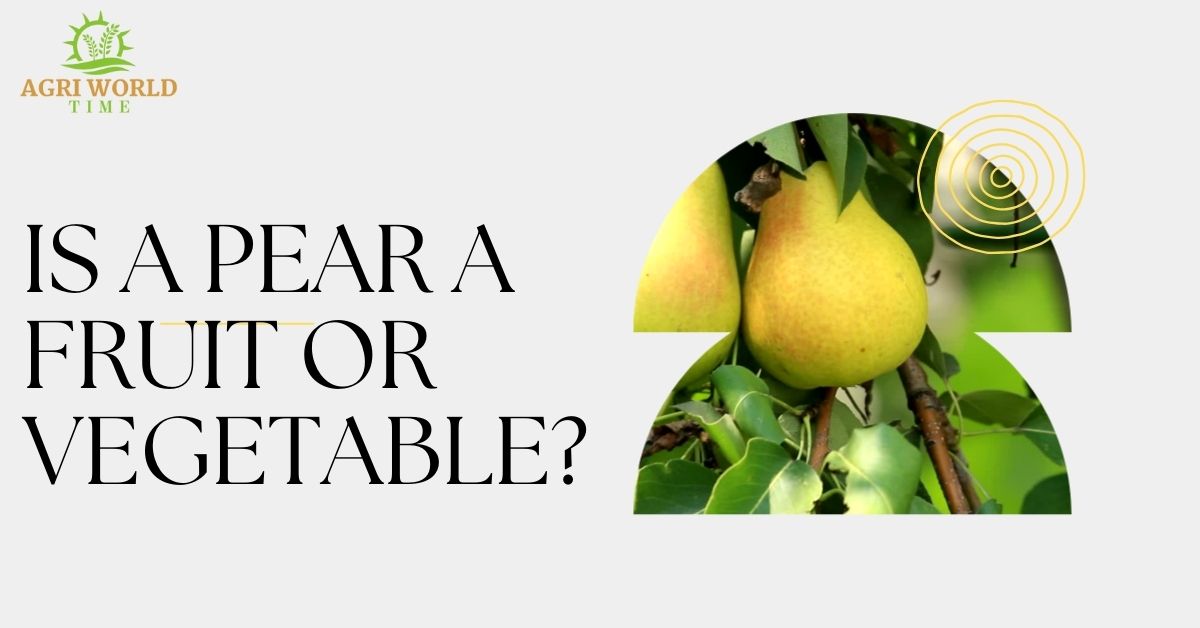When it comes to the world of fruits and vegetables, there are often culinary problems that leave us questioning the classification of certain foods. One such enigma that has puzzled many is the pear. Is it a fruit or a vegetable? In this article, we will dive deep into the world of pears, exploring their botanical origins, culinary uses, and nutritional benefits to finally unravel this age-old mystery.
The Botanical Perspective
Botanical Classification
To begin our investigation, we must first look at the botanical classification of pears. Pears, scientifically known as Pyrus, belong to the Rosaceae family. Within this family, they are classified as a type of fruit tree, just like apples and quinces.
Fruit Characteristics
From a botanical standpoint, pears exhibit all the characteristics of fruits. They develop from the flowering part of the plant, contain seeds, and result from fertilization. This aligns with the definition of a fruit in the plant world.
The Culinary Dilemma
Common Culinary Uses
In culinary terms, pears are often used in sweet dishes, such as desserts, jams, and preserves. They are a staple ingredient in fruit salads. They are known for their sweet and juicy flesh, making them a delectable addition to various recipes.

Culinary Classification
However, classifying pears as a fruit is more complex than it seems. In some cuisines, pears are used in savory dishes, such as salads, and as accompaniments to meats and cheeses. This dual culinary usage can contribute to the confusion surrounding their classification.
Nutritional Value
Nutrient Profile
From a nutritional perspective, pears are rich in essential vitamins and minerals. They are an excellent source of dietary fiber, vitamin C, and vitamin K. These nutrients are typically associated with fruits rather than vegetables.
Low-Calorie Count
Moreover, pears are relatively low in calories, another characteristic most fruits share. This makes them popular for those looking to maintain a healthy diet
Types of Pears
There are various varieties of pears, including Bartlett, Bosc, Anjou, and Comice. Each type has its unique flavor and texture, but all are generally regarded as fruits due to their culinary applications.
Clarifying the Culinary Confusion
After considering both the botanical and culinary aspects of pears, it is safe to say that pears are indeed fruits. Their botanical classification as part of the Pyrus genus and their nutritional profile align with the characteristics of fruits. While they may occasionally find their way into savory dishes, this versatility does not alter their fundamental identity as fruits.
Conclusion
In gastronomy, the pear may pose a perplexing question. Still, it is undoubtedly a fruit from a botanical and nutritional perspective. Its sweet, juicy nature, abundance of essential nutrients, and botanical classification firmly establish it as a delightful fruit that adds flavor and nutrition to our diets.
FAQs
1. Are pears related to apples?
Pears and apples are distant relatives, both belonging to the Rosaceae family. However, they are distinct fruits with different flavors and textures.
2. Can you eat the skin of a pear?
Yes, the skin of a pear is edible and contains additional fiber and nutrients. However, some people prefer to peel pears before consumption.
3. Are there any health benefits associated with eating pears?
Absolutely! Pears are a great source of dietary fiber, which aids in digestion. They also provide vitamins, minerals, and antioxidants that improve overall health.
4. How should I choose ripe pears at the grocery store?
Look for pears that yield slightly to gentle pressure at the stem end. They should have a fragrant aroma and no significant blemishes.
5. Can pears be used in savory dishes?
Yes, pears can be used in savory dishes, particularly salads, as accompaniments to cheeses and spicy sauces due to their natural sweetness and juiciness.

